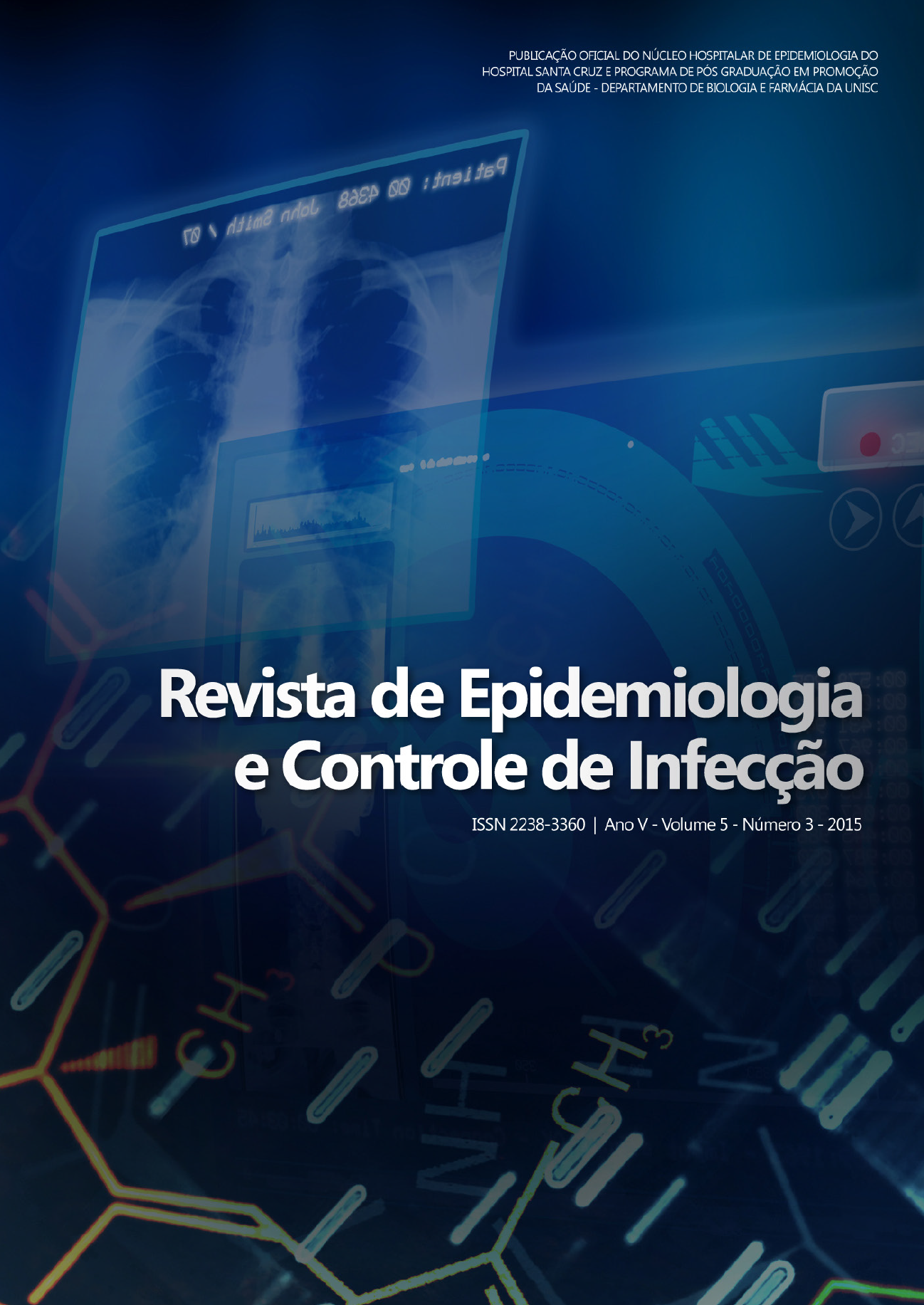Evaluation of mammographic, ultrasonographic and histopathological characteristics of a series of malign neoplasic lesions of mammary epithelial origin.
DOI:
https://doi.org/10.17058/reci.v5i3.5423Abstract
Background and Objectives: This study’s objective was to evaluate the correlation between mammographic, ultrasonographic and histopathological exams in order for it’s results to be better applied. Methods: The data was retrieved, in a retrospective way, from patient charts whose patients had histopathological confirmation of mammary carcinoma and received treatment from a private clinic in Teresina from January to December of 2008. Results: A data retrieving chart was created, with the objective of relating age, mammographic, ultrasonographic and histopathological evaluations from patients. Histopathological evaluation showed 92,3% of invasive carcinoma, between carcinoma types, the most frequent was ductal, with 88,46%. In the ultrasonographic analysis, the axillary hollow region was affected in 23,8% and the evaluation of suspect lesions revealed nodule as the dominant morphologic aspect with 90,48% and irregular margins of 60%, the average lesional size was 1,5 cm and the most common BI-RADS classification was category IV with 76,2%. Mammographic evaluation showed 31,82% of linfonodomegalia, the dominant morphologic aspect was nodule with 81,81% and the evaluation of lesions revealed irregular margins in 77,7%, the average lesional size was 1,8 cm. The most common category was classification IV with 72,72%. Analyzing the correlation between the two methods, there was an 86,15% agreement. Conclusion: It can be concluded that greater efforts must be employed in order to enable detection of early lesions, given that more than 90% of patients had a type infiltrative lesions and with an average size greater than 1.5 cm diameter.KEYWORDS: Neoplasm. Mammography. Breast ultrasound.Downloads
Downloads
Published
How to Cite
Issue
Section
License
The author must state that the paper is original (has not been published previously), not infringing any copyright or other ownership right involving third parties. Once the paper is submitted, the Journal reserves the right to make normative changes, such as spelling and grammar, in order to maintain the language standard, but respecting the author’s style. The published papers become ownership of RECI, considering that all the opinions expressed by the authors are their responsibility. Because we are an open access journal, we allow free use of articles in educational and scientific applications provided the source is cited under the Creative Commons CC-BY license.


